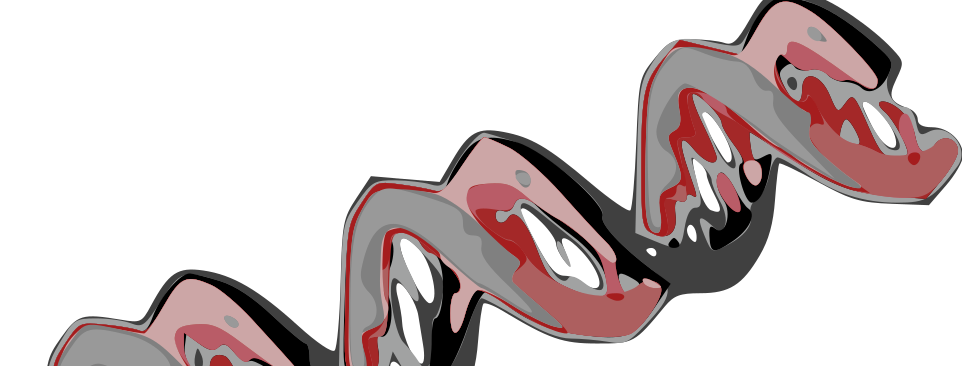Browse 3D-models of 1,711 M. tuberculosis protein structures.
As part of the effort at LPCDRP to understand mutations may contribute to clinically relevant phenotypes, we identified gene products poorly annotated in reference strain H37Rv and had their 3D-structures predicted and systematically compared using the I-TASSER suite, and our own analyses (see our recent pre-print). Click below to explore these genomic "dark regions" of M. tuberculosis through the predicted structure of the proteins they presumably encode.
Our structure-based annotation approach bypasses limitations of conventional sequence-based methods for finding proteins that either 1) are distantly related (homologs) or 2) have evolved convergently (analogs) to share form and function. Structural analogs are particularly interesting for an intracellular pathogen like M. tuberculosis and are a testament to the power of evolution. Analogs are invisible to sequence similarity based annotation methods, but when identified may reveal proteins that mimic host protein structure with yet undiscovered roles in manipulating host immunity. We identified a diverse array of such putative host-mimicry proteins in our recent manuscript that is currently undergoing peer review. We provide the predicted 3D structures of these proteins and over 1,700 others, along with their predicted binding sites, structurally similar PDB templates, predicted Gene Ontology terms, and Enzyme commission numbers. We consolidated confident inferences from structural similarity and annotations manually curated during a systematic literature review into an updated functional annotation of reference strain H37Rv. This reference annotation can be found on our GitLab in machine-readable (.gff) format, and will be continually updated internally and with help from the TB community in the form of merge requests and filing issues for candidate gene characterizations. We hope these resources help the greater Tuberculosis research community generate hypotheses for better understanding the many remaining mysteries of one of the world's most stealthy and pervasive pathogens.
Please visit the Zhang group's page for more information on the I-TASSER suite and for how to interpret various metrics.
